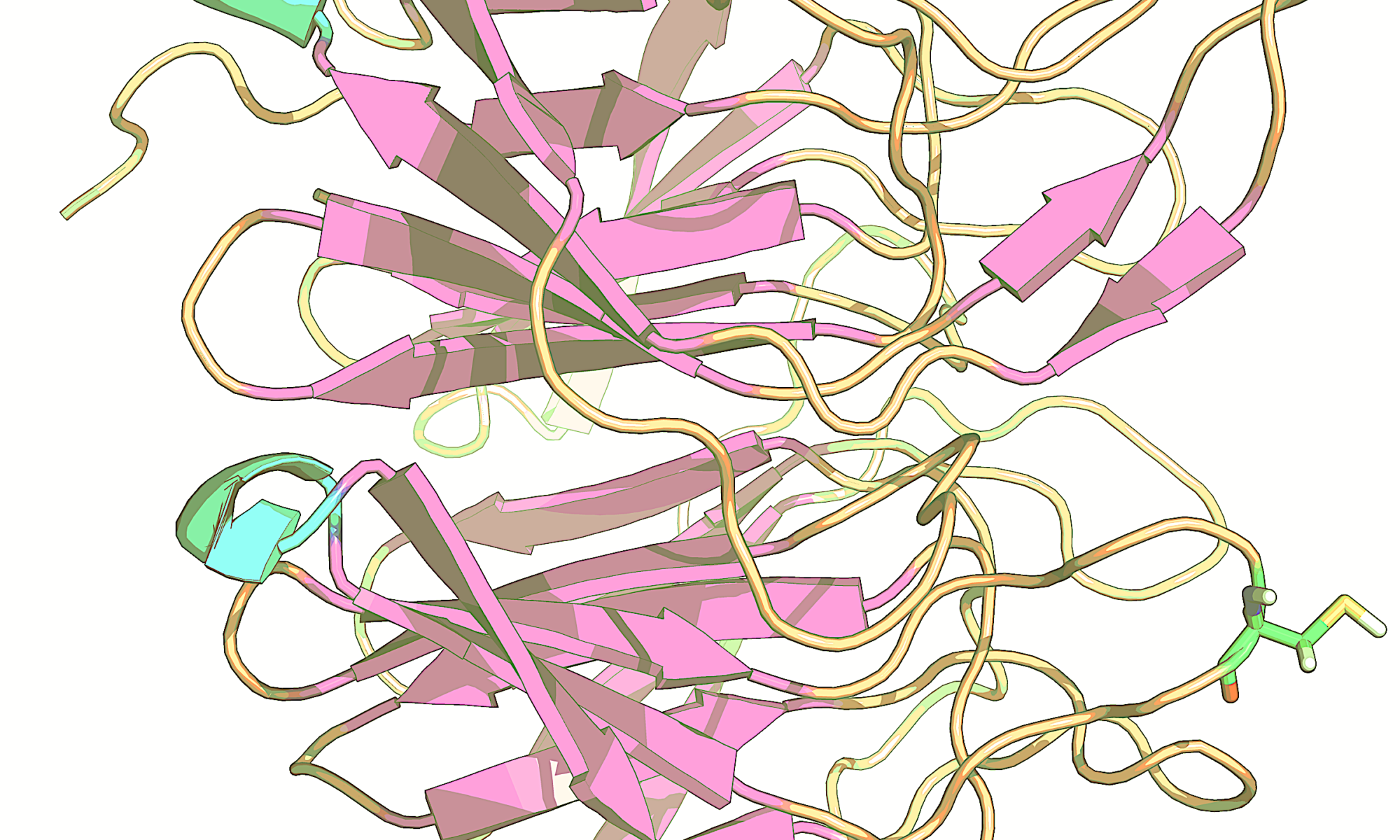N-nitroso contaminants (NOCs) in medicinal products are of concern due to their high carcinogenic potency; however, not all these compounds are created equal, and some are relatively benign chemicals. The use of structure-activity relationships (SARs) has been instrumental to our understanding of the steric and electronic factors contributing to the activation of N-nitrosamine pro-mutagens to carcinogenic compounds. However, direct use of SARs in predicting potency of N-nitrosamines and other NOCs is impractical due to the many confounding factors, the sheer complexity of the biochemical process and the limited dataset of reliable TD50’s to train such models. On the other hand, the use of QSARs based on physicochemical properties can be grossly misleading given the dubious link between these descriptors and the mechanism of action. Since covalent interactions dominate NOC metabolism, the solution appears to be in the development of robust quantum-mechanical approaches based on electronic structure. Underpinned and validated using SARs, these methods can alleviate concerns about limited data by capturing the underlying chemistry without over-reliance on chemical structures.
To provide a solution for reliably assessing carcinogenic contaminants in pharmaceuticals, we have extended the QM-based CADRE platform to N-nitrosamines and other NOCs, with the goal of creating a predictive tool that is both robust and practically useful. We accomplished the latter by reducing reaction-pathway modeling, which is unfeasible in routine hazard assessments, into key steric and electronic factors, and by recognizing that the low reproducibility of rodent carcinogenicity bioassays poses natural limitations on what a predictive model can accomplish. To this end, CADRE offers categorical predictions, aimed at distinguishing the most hazardous nitrosamines from less potent COC (Cohort of Concern) and from no-concern compounds. External validation showed this can be accomplished with ca. 77% accuracy. Our survey of model outliers and the relationship between out-of-domain descriptors and prediction accuracy offers confidence in applying the current model to complex NOC impurities found in medicinal products.
Reference
Kostal, J; Voutchkova-Kostal, A. Quantum-Mechanical Approach to Predicting the Carcinogenic Potency of N-Nitroso Impurities in Pharmaceuticals. Chem. Res. Toxicol. 2023, ASAP.
